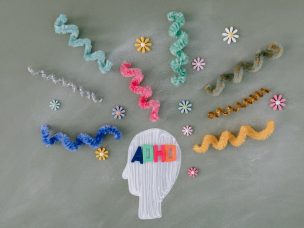Noteworthy trends have shifted the landscape of ADHD diagnosis and treatment. This study, published in the Journal of Attention Disorders, analyzed data from over 250,000 individual office visit records in the United States between 2008 and 2013. Logistic regression models were used to control for demographics, insurance type, psychiatric comorbidities, and time period.
The study data were then compared to three previously observed trends. One, ADHD diagnosis and treatment in adults is increasing. Two, ADHD diagnosis and treatment are increasing among females. And three, non-white populations have lower rates of ADHD diagnosis and treatment than their white counterparts.
The first trend, increased adult ADHD diagnosis and treatment, was still found to be true. Between 2008 and 2013, diagnoses of adult ADHD increased by 36%, and the use of pharmacotherapy for adult ADHD increased by 21%.
Interestingly, the second trend—increased ADHD diagnosis and treatment among females—was found to be stronger for youths than adults. While female adult ADHD diagnosis and treatment increased by 13%, female youth ADHD diagnosis and treatment increased by 29%. Notably, ADHD diagnosis and treatment also increased in male youths and adults.
As for the third trend, ADHD diagnosis and treatment rates were still found to be lower in non-white individuals. For example, Black adults were 86% less likely than white adults to receive an ADHD diagnosis between 2008 and 2009, and 85% less likely to receive pharmacological treatment for ADHD in that same period. However, overall, there was an increase in ADHD diagnosis and treatment in non-white adults.
The researchers concluded that these trends likely have less to do with neurobiological factors and more to do with persistent norms and biases. Because behavioral criteria can be subjective, many individuals with ADHD remain undiagnosed. While more objective measures may be used in the future to diagnose ADHD, for now, it is crucial that providers are mindful of age, gender, and racial/ethnic biases when evaluating and treating ADHD [1].
Source:
[1] Fairman, K. A., Peckham, A. M., & Sclar, D. A. (2017). Diagnosis and treatment of ADHD in the United States: update by gender and race. Journal of Attention Disorders, 24(1), 10–19. https://doi.org/10.1177/1087054716688534










